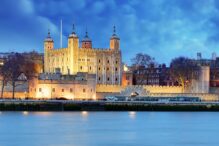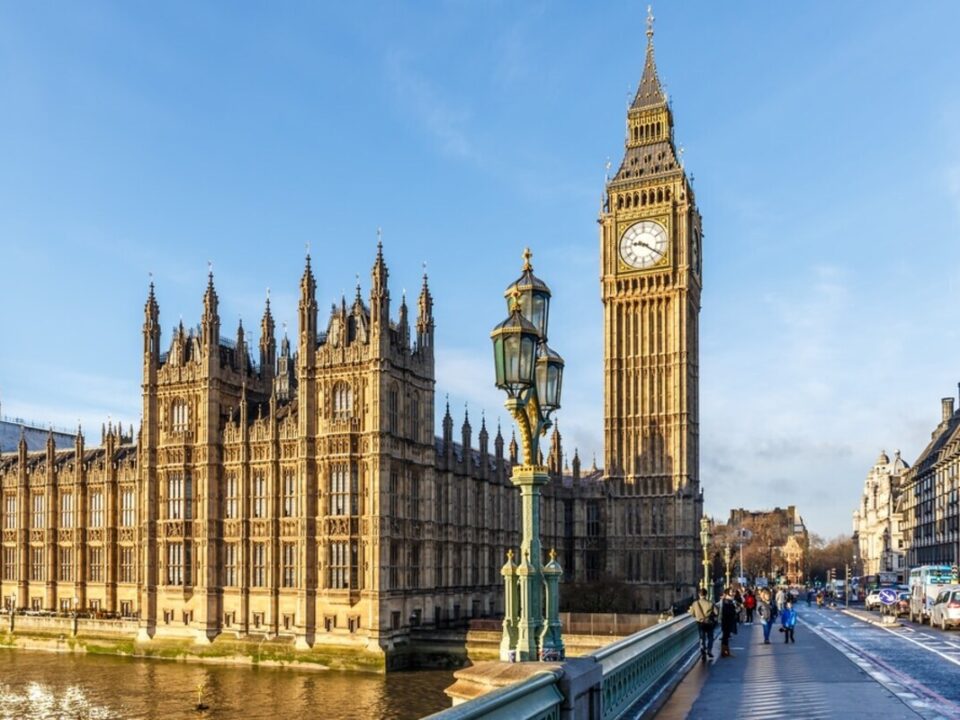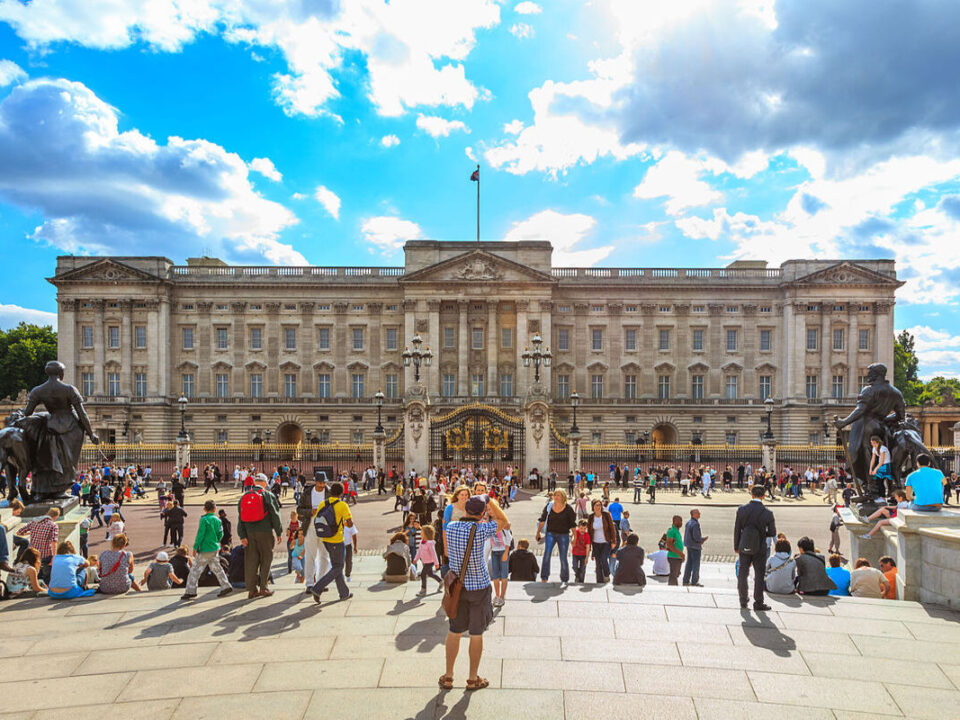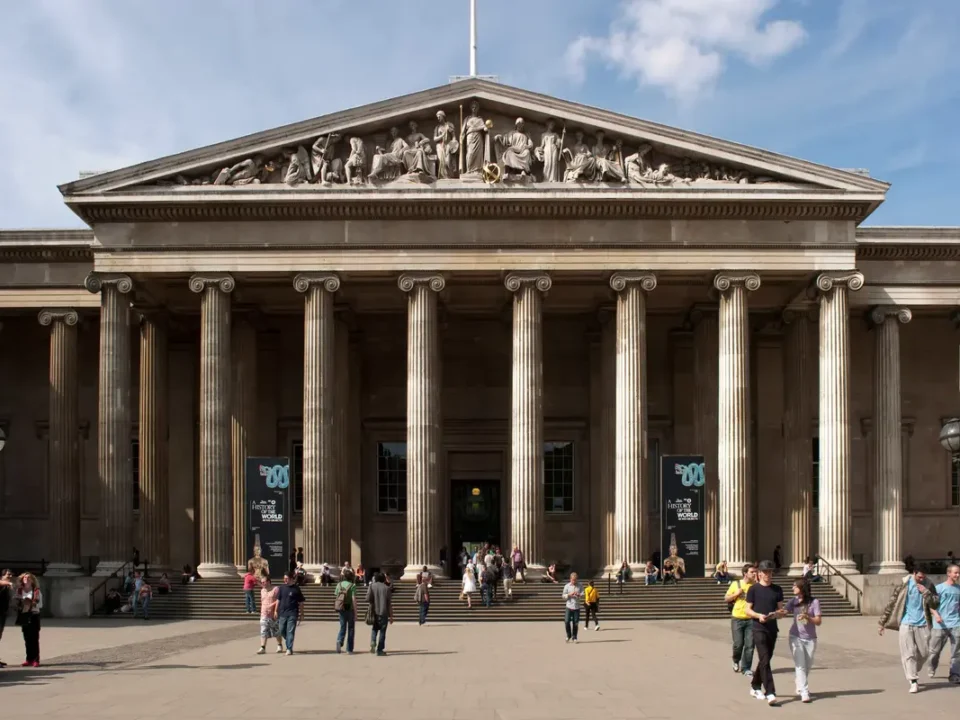Unravel the Mysteries of the Tower of London: Your Ultimate Tourist Guide to an Iconic Landmark
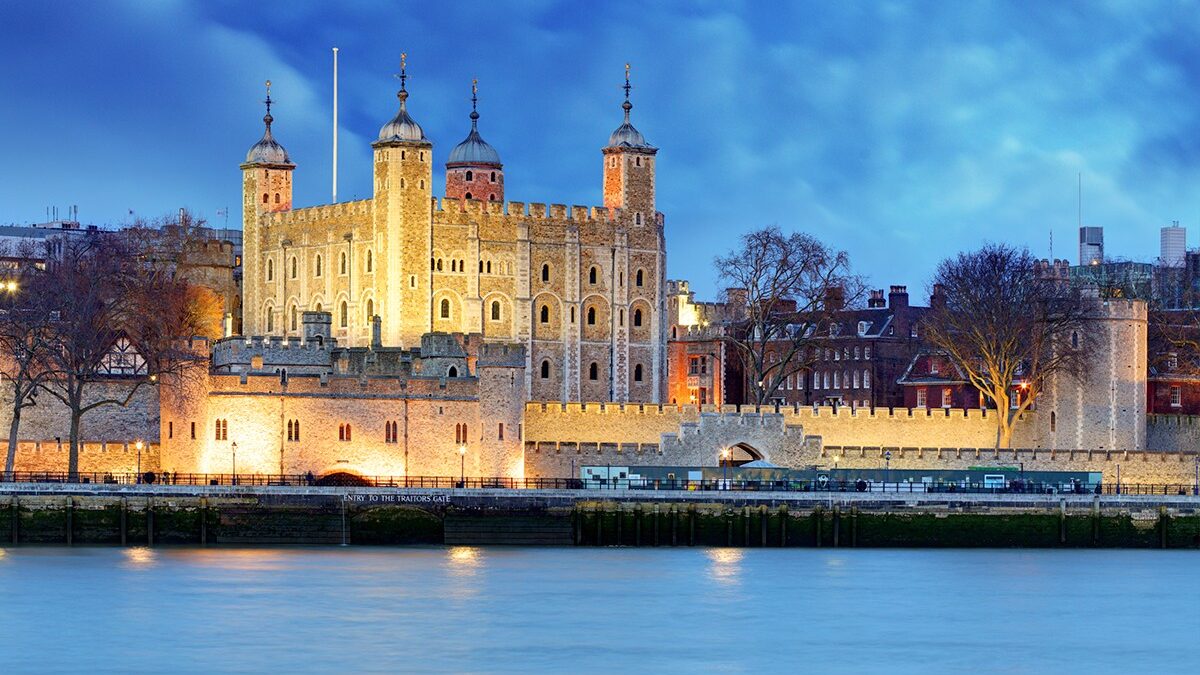
Unravel the Mysteries of the Tower of London: Your Ultimate Tourist Guide to an Iconic Landmark
Welcome to the Tower of London, an iconic symbol of Britain’s storied past, located on the banks of the River Thames. This historic fortress has stood for nearly a millennium, serving as a royal palace, prison, treasury, and even a zoo. Today, it is one of London’s most popular tourist attractions, drawing visitors from around the world to explore its rich history and intriguing tales. This comprehensive guide provides everything you need to know for an unforgettable visit to the Tower of London, including its history, key attractions, unique features, and practical information for tourists.
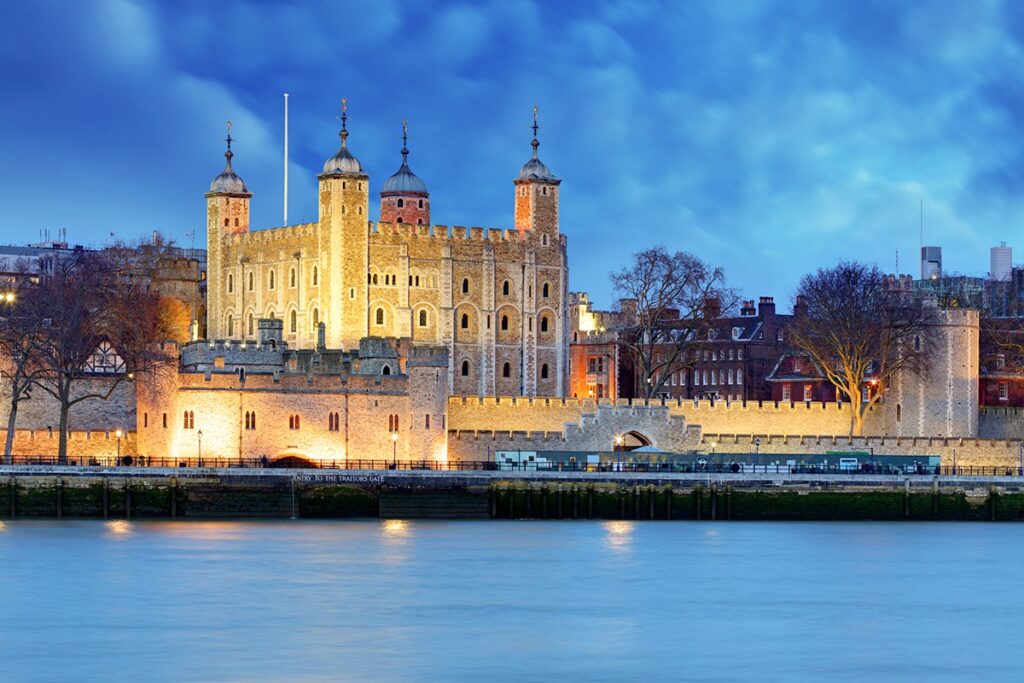
A Glimpse into the History of the Tower of London
Early Beginnings
The Tower of London, officially known as Her Majesty’s Royal Palace and Fortress of the Tower of London, was founded by William the Conqueror in 1066 as part of the Norman Conquest of England.
- The White Tower: The White Tower, the oldest part of the fortress, was completed in 1078 and served as a royal residence and a symbol of Norman power.
- Norman Influence: The construction of the White Tower marked the beginning of the Norman architectural influence in England, featuring thick walls, small windows, and defensive structures.
Medieval Expansion
Over the centuries, the Tower of London was expanded and fortified, becoming one of the most formidable castles in Europe.
- Henry III and Edward I: Significant expansions were made under Henry III and Edward I in the 13th century, including the construction of additional towers, walls, and a moat.
- Royal Menagerie: During the medieval period, the Tower housed a royal menagerie, featuring exotic animals gifted to the monarchy from foreign rulers.
Tudor Turmoil
The Tower of London played a pivotal role during the turbulent Tudor period, serving as a prison for many high-profile figures.
- Anne Boleyn: Anne Boleyn, the second wife of Henry VIII, was famously imprisoned and executed at the Tower in 1536.
- The Princes in the Tower: The mysterious disappearance of Edward V and his brother Richard, known as the Princes in the Tower, remains one of the Tower’s most enduring mysteries.
Modern Era
In the modern era, the Tower of London transitioned from a royal residence and prison to a historic monument and tourist attraction.
- World War II: During World War II, the Tower was used as a military stronghold and prison for enemy spies.
- UNESCO World Heritage Site: In 1988, the Tower of London was designated a UNESCO World Heritage Site in recognition of its historical and cultural significance.
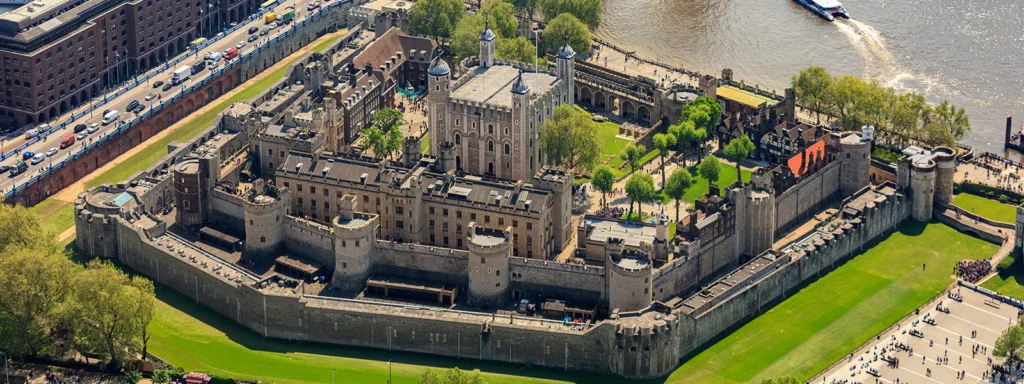
Key Attractions of the Tower of London
The White Tower
The White Tower is the central keep and the oldest part of the fortress, offering a glimpse into the Tower’s medieval origins.
- Royal Armouries: Explore the Royal Armouries collection housed in the White Tower, featuring suits of armor, weapons, and artifacts from the medieval period.
- St. John’s Chapel: Visit St. John’s Chapel, a beautifully preserved Norman chapel located within the White Tower, showcasing Romanesque architecture.
The Crown Jewels
The Crown Jewels, housed in the Jewel House, are one of the most popular attractions at the Tower of London.
- Regalia and Jewels: Marvel at the stunning collection of regalia, including the Imperial State Crown, the Sovereign’s Sceptre, and the Koh-i-Noor diamond.
- Coronation Ceremony: Learn about the history and significance of the Crown Jewels in British coronation ceremonies and royal traditions.
The Medieval Palace
The Medieval Palace offers a glimpse into the luxurious living quarters of medieval monarchs.
- Reconstructed Rooms: Explore the reconstructed rooms of Henry III and Edward I, including the royal bedchamber, great hall, and private chapel.
- Historical Exhibits: Discover historical exhibits that provide insights into the daily life and ceremonies of the medieval court.
The Yeoman Warders (Beefeaters)
The Yeoman Warders, commonly known as Beefeaters, are the ceremonial guardians of the Tower of London.
- Guided Tours: Join a guided tour led by a Yeoman Warder to hear fascinating stories and legends about the Tower’s history, prisoners, and executions.
- Ceremony of the Keys: Witness the Ceremony of the Keys, a traditional locking-up ritual that has been performed every night for over 700 years.
The Ravens
The Tower of London is famously home to a group of resident ravens, which are believed to protect the kingdom.
- Raven Mythology: Learn about the legend that claims the kingdom will fall if the ravens ever leave the Tower.
- Ravenmaster: Meet the Ravenmaster, the Yeoman Warder responsible for the care and feeding of the ravens, and observe these majestic birds up close.
The Bloody Tower
The Bloody Tower, originally known as the Garden Tower, gained its ominous name due to the dark events associated with it.
- The Princes in the Tower: Explore the mystery of the Princes in the Tower, who were imprisoned and allegedly murdered here.
- Sir Walter Raleigh: Discover the story of Sir Walter Raleigh, who was imprisoned in the Bloody Tower for 13 years and wrote his “History of the World” during his confinement.
The Traitors’ Gate
The Traitors’ Gate, an entrance through which many prisoners were brought to the Tower, holds a significant place in its history.
- Historic Gateway: Learn about the notable prisoners who passed through the Traitors’ Gate, including Anne Boleyn, Sir Thomas More, and Queen Elizabeth I.
- Water Gate: Understand the strategic importance of the gate, which was originally designed to allow access from the River Thames.
Unique Features of the Tower of London
Architectural Marvels
The Tower of London is an architectural marvel, showcasing various styles and structures from different periods.
- Norman Architecture: The White Tower is a prime example of Norman military architecture, with its massive walls and defensive features.
- Medieval Fortifications: The concentric walls, towers, and moat reflect the medieval expansions and fortifications that made the Tower a formidable stronghold.
- Tudor Additions: The Tudor period saw the addition of various buildings and features, including the iconic timber-framed houses within the inner ward.
Historical Artifacts and Exhibits
The Tower of London houses a vast collection of historical artifacts and exhibits that provide a deep understanding of British history.
- Royal Armouries: The Royal Armouries collection includes medieval weapons, suits of armor, and artifacts from famous battles.
- Prisoner Graffiti: Discover the graffiti left by prisoners in the Beauchamp Tower, offering a poignant glimpse into their lives and thoughts.
- Medieval Coins: Explore the medieval coins and treasures discovered within the Tower, reflecting its role as a royal treasury.
Living History
The Tower of London is not just a historic site but a living history museum, with daily activities and reenactments.
- Costumed Interpreters: Interact with costumed interpreters who bring the history of the Tower to life through storytelling and demonstrations.
- Historic Reenactments: Witness historic reenactments and performances that recreate key events and daily life in the Tower during different periods.
Practical Information for Tourists
Getting There
The Tower of London is located in central London and is easily accessible by various modes of transportation.
- By Tube: The nearest tube station is Tower Hill, served by the Circle and District lines.
- By Bus: Several bus routes serve the Tower of London, with stops nearby on Tower Hill and Great Tower Street.
- By Train: The Tower is a short walk from Fenchurch Street and London Bridge railway stations.
- By Boat: Riverboat services on the Thames stop at Tower Pier, offering a scenic way to reach the Tower.
Opening Hours and Tickets
The Tower of London is open to visitors year-round, with varying opening hours depending on the season.
- Opening Hours: The Tower is typically open from 9:00 AM to 5:30 PM during the summer months and from 9:00 AM to 4:30 PM during the winter. It is advisable to check the official website for the most up-to-date information.
- Tickets: Tickets can be purchased online or at the gate. It is recommended to buy tickets in advance to avoid long queues. Various ticket options are available, including family tickets and combined tickets with other historic sites.
Accessibility
The Tower of London is committed to providing a welcoming and accessible experience for all visitors.
- Wheelchair Access: While some areas of the Tower have limited accessibility due to their historic nature, many parts are wheelchair accessible, including the Crown Jewels exhibit and the ground floor of the White Tower.
- Services for Visitors with Disabilities: The Tower offers a range of services, including audio guides, tactile models, and sign language interpretation for deaf and hard-of-hearing visitors.
Tips for an Enjoyable Visit
Plan Your Visit
To make the most of your time at the Tower of London, it’s helpful to plan ahead and prioritize the attractions and activities that interest you the most.
- Early Arrival: Arrive early to avoid the crowds, especially during peak tourist seasons.
- Guided Tours: Consider joining a guided tour led by a Yeoman Warder to gain deeper insights into the Tower’s history and legends.
Capture the Moment
The Tower of London offers numerous opportunities for stunning photographs. Here are some tips to capture the best shots:
- The White Tower: The White Tower, with its imposing structure, is a must-photograph location.
- Ravens and Yeoman Warders: Capture the unique sight of the ravens and the Yeoman Warders in their traditional uniforms.
- Panoramic Views: Take panoramic shots from the Tower walls, offering views of the River Thames and the London skyline.
Must-See Highlights at the Tower of London
The Crown Jewels
The Crown Jewels are one of the most dazzling and historically significant attractions at the Tower of London.
- Regalia and Jewels: Marvel at the stunning collection of regalia, including the Imperial State Crown, the Sovereign’s Sceptre, and the Koh-i-Noor diamond.
- Coronation Ceremony: Learn about the history and significance of the Crown Jewels in British coronation ceremonies and royal traditions.
The White Tower
The White Tower, the oldest part of the fortress, is a testament to Norman military architecture and royal history.
- Royal Armouries: Explore the Royal Armouries collection, featuring suits of armor, weapons, and artifacts from the medieval period.
- St. John’s Chapel: Visit St. John’s Chapel, a beautifully preserved Norman chapel located within the White Tower.
The Medieval Palace
The Medieval Palace offers a glimpse into the luxurious living quarters of medieval monarchs.
- Reconstructed Rooms: Explore the reconstructed rooms of Henry III and Edward I, including the royal bedchamber, great hall, and private chapel.
- Historical Exhibits: Discover historical exhibits that provide insights into the daily life and ceremonies of the medieval court.
The Yeoman Warders (Beefeaters)
The Yeoman Warders, commonly known as Beefeaters, are the ceremonial guardians of the Tower of London.
- Guided Tours: Join a guided tour led by a Yeoman Warder to hear fascinating stories and legends about the Tower’s history, prisoners, and executions.
- Ceremony of the Keys: Witness the Ceremony of the Keys, a traditional locking-up ritual that has been performed every night for over 700 years.
The Ravens
The Tower of London is famously home to a group of resident ravens, which are believed to protect the kingdom.
- Raven Mythology: Learn about the legend that claims the kingdom will fall if the ravens ever leave the Tower.
- Ravenmaster: Meet the Ravenmaster, the Yeoman Warder responsible for the care and feeding of the ravens, and observe these majestic birds up close.
The Bloody Tower
The Bloody Tower, originally known as the Garden Tower, gained its ominous name due to the dark events associated with it.
- The Princes in the Tower: Explore the mystery of the Princes in the Tower, who were imprisoned and allegedly murdered here.
- Sir Walter Raleigh: Discover the story of Sir Walter Raleigh, who was imprisoned in the Bloody Tower for 13 years and wrote his “History of the World” during his confinement.
The Traitors’ Gate
The Traitors’ Gate, an entrance through which many prisoners were brought to the Tower, holds a significant place in its history.
- Historic Gateway: Learn about the notable prisoners who passed through the Traitors’ Gate, including Anne Boleyn, Sir Thomas More, and Queen Elizabeth I.
- Water Gate: Understand the strategic importance of the gate, which was originally designed to allow access from the River Thames.
Dining and Shopping at the Tower of London
Dining Options
The Tower of London offers several dining options, allowing visitors to enjoy a meal or a snack amidst their historical exploration.
- Raven Cafe: Enjoy a selection of hot and cold meals, sandwiches, and beverages at the Raven Cafe, located near the entrance.
- New Armouries Cafe: The New Armouries Cafe offers a range of hot dishes, pastries, and refreshments in a historic setting within the Tower.
- Tower Kiosks: Various kiosks throughout the Tower grounds provide quick snacks, drinks, and ice cream for visitors on the go.
Tower of London Shops
The Tower of London shops offer a wide selection of books, prints, gifts, and souvenirs inspired by the Tower’s rich history.
- White Tower Shop: Located near the White Tower, this shop features books, jewelry, and high-quality reproductions of historical artifacts.
- Jewel House Shop: After viewing the Crown Jewels, visit the Jewel House Shop for regal-themed gifts, including jewelry, accessories, and keepsakes.
- Raven Shop: Located near the Raven Cafe, the Raven Shop offers a variety of raven-themed merchandise, toys, and souvenirs.
Practical Tips for Visitors
Best Time to Visit
The best time to visit the Tower of London is during the early morning or late afternoon, when the Tower is less crowded.
- Weekdays: Weekdays, especially Tuesdays and Wednesdays, tend to be quieter than weekends, making it a good time to explore the exhibits without the crowds.
- Seasonal Considerations: Consider visiting during the off-peak seasons, such as late fall or early spring, for a more relaxed experience.
Guided Tours and Audio Guides
To enhance your visit, consider joining a guided tour or renting an audio guide.
- Guided Tours: The Tower offers a variety of guided tours, including general tours that cover the highlights of the fortress and specialized tours that focus on specific themes or periods.
- Audio Guides: Audio guides are available in multiple languages and provide detailed information about the Tower’s history and exhibits.
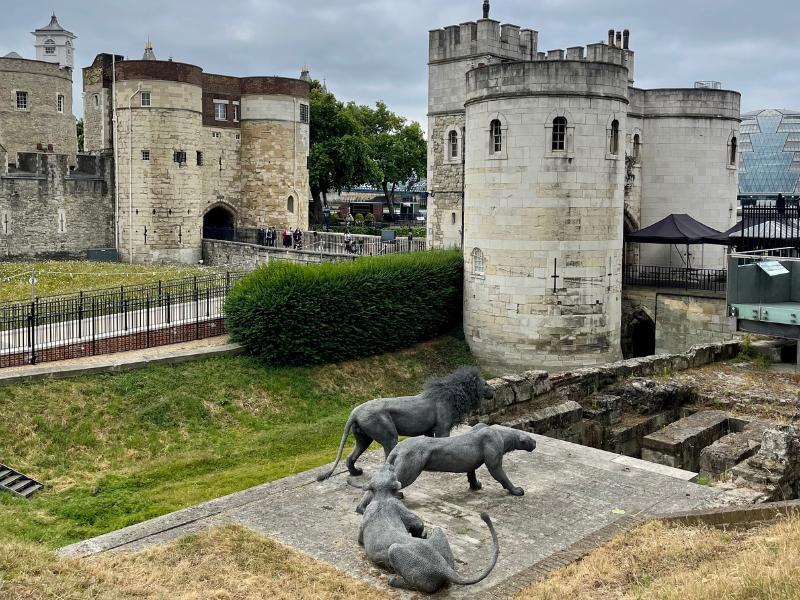
Conclusion
The Tower of London stands as a testament to Britain’s rich and complex history, offering visitors an unparalleled journey through time. From its origins as a Norman fortress to its role as a royal palace, prison, and treasury, the Tower’s storied past is brought to life through its impressive architecture, iconic artifacts, and engaging exhibits. Plan your trip to the Tower of London and immerse yourself in the beauty, history, and intrigue of one of the world’s most iconic landmarks. Embrace the opportunity to explore, discover, and create lasting memories in this historic fortress that embodies the essence of British heritage and resilience.
-
Unravel the Mysteries of the Tower of London: Your Ultimate Tourist Guide to an Iconic Landmark
Unravel the Mysteries of the Tower of London: Your Ultimate Tourist Guide to an Iconic Landmark Welcome to the Tower of London, an iconic symbol of […]

